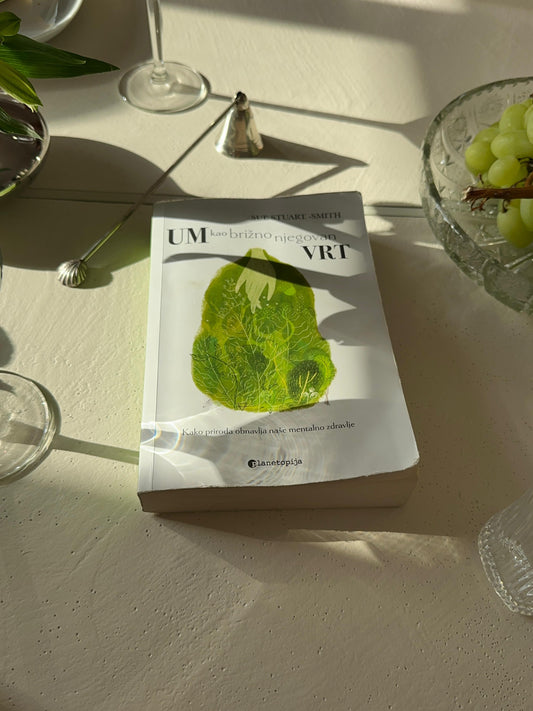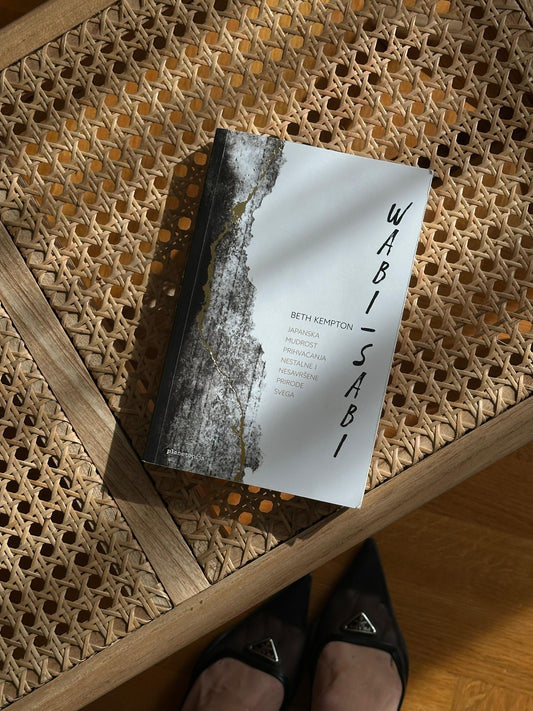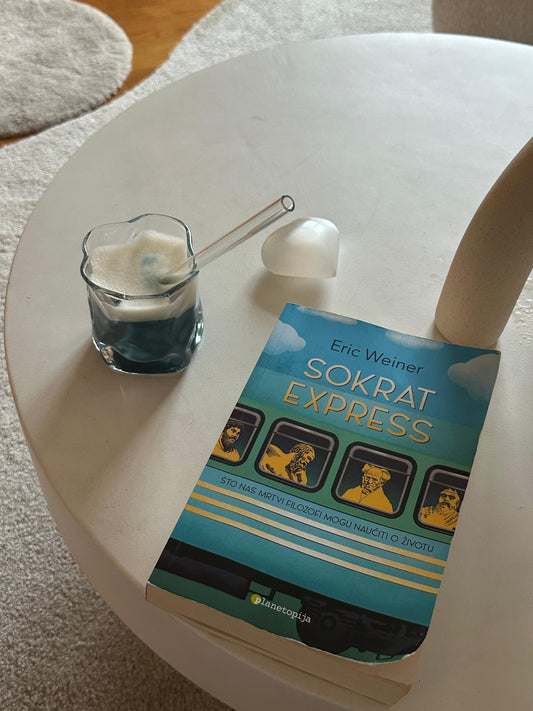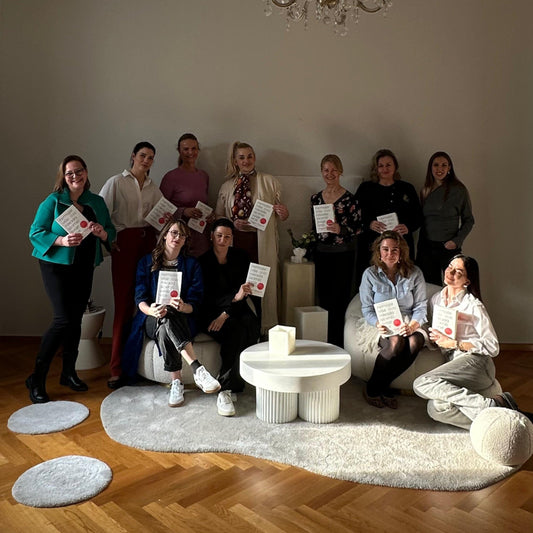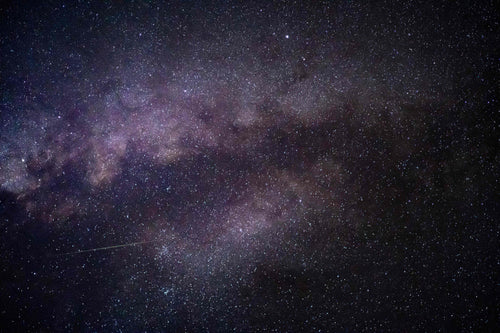The Art of Rest in the Age of Infinite Busyness
The topic of rest has never been more relevant, and it seems that busyness has become our almost natural state. Rest has turned into a rare, even somewhat “suspicious” category today. Being physically away from the office or closing the laptop for a few days does not necessarily mean truly resting the mind. Why is it so hard to stop? And what does this constant exhaustion of body and soul mean in the long run?
This September, at the Materia BookClub, we dedicated our reading to Claudia Hammond’s book The Art of Rest. It is a sociological-psychological portrait of modern society that, paradoxically, fears its own silence. That is precisely where its strength lies: Hammond reminds us that the problem is not in the chronic “lack of time,” but in a culture that persistently teaches us to measure our worth exclusively through endless productivity.

How Claudia Hammond reminds us that the hardest task is: to stop
There is a paradox of our time: never have we had more options for “rest,” yet never have we felt it less. We have a trillion-dollar wellness industry, weekend retreats, meditation apps, designed pillows, massagers, even “sleep coaches”... And yet, most of us, if we were to honestly answer a survey like the one Claudia Hammond conducted in 2016 as part of the Rest Test, would say we feel exhausted and lacking rest.

Rest must be comparable to others’ experiences
This paradox is not just a question of modern lifestyle, but a reflection of a deeper civilizational delusion. Never have we spoken more about the importance of self-care, and never have we been more distant from ourselves. The rest industry, with its lavish catalogues and promises, constantly serves us the same narrative: even rest must be a project. Planned, organized, prepaid, and - perhaps most absurdly - comparable to others’ experiences.
That may be why so many people, despite all these options, are still tired. Rest is not something that can be bought in a package, measured with an app, or “done” at a retreat. Rest is an inner state that arises from our relationship to time and to ourselves. And we live in an era in which time is treated as currency, always spent, never enough.
The exhaustion that accumulates is not only physical. It is an exhaustion of meaning, an exhaustion of presence. Because to rest means to be, and that has become the hardest task. We constantly rush after what comes next and forget how to stop in what already is.

Rest or a waste of time?
Hammond precisely observes that we have been taught that the sentence “I’m too busy” is a kind of legitimacy of importance. In the “attention economy” and “speed economy,” working without breaks is no longer a symptom of exhaustion but a socially recognized proof of success. Even when we rest, we want our rest to look impressive: yoga in Bali, a digital detox in Provence, a luxury spa in Tuscany.
If we were to take rest literally, we might think it means doing nothing. But rest is far more complex: it is not about escaping life, but about creating space in which we can truly feel it.

That is why Claudia Hammond’s research is interesting: it shows that the things that restore us most are free, unpretentious, and often unnoticed. Rest is not a spectacle but a return to simple actions. Here are the ten most common answers from the Rest Test participants, and a reminder that rest is always close by:
The practice of focused attention can bring peace, but only if we don’t turn it into yet another obligation. Mindfulness is most useful when embodied in everyday details: in how we breathe, drink matcha, or walk.
-
Watching television
Television has a bad reputation, but other people’s stories have always been our way of resting. If it makes us happy and relaxes us - that is enough. Rest doesn’t have to be “noble” to be real.
-
Daydreaming
“Not all who wander are lost.” While the mind wanders, the brain is often more active than when solving tasks. Daydreaming is not laziness but a space of creativity and new insights.
-
A warm bath or shower
A simple ritual, yet powerful. Water cleanses more than the body: it washes away the day, the stress, and the accelerated rhythm. It is a small reset in which we allow ourselves to be gentle with our own body.
-
Walking
Rousseau claimed that his “mind works only while walking.” Movement aligns thoughts and breath, and walking brings us back to a natural rhythm that we often lose in front of screens.
-
Doing nothing in particular
Looking out the window, sitting without a goal, letting time flow. Precisely in that “uselessness” lies the most valuable thing - regeneration.
-
Listening to music
Music brings us back into the body, awakens emotions, and opens space for introspection. A song can be as healing as meditation.
-
Being alone
Solitude is not the same as loneliness. When we know we are connected to others but choose moments of withdrawal, solitude becomes a luxury and a respite.
-
Being in nature
Nature is not a luxury retreat but everyday medicine: a park, forest, sea, or garden. Just a few minutes are enough to feel relief.
-
Reading
The most restful activity of all. Reading takes us to other worlds but simultaneously anchors us in the present moment. It allows us to be alone but never lonely - because with us are the characters, stories, and thoughts that shape us.
When we look at these ten guidelines together, we realize that rest is not a luxury reserved for rare moments but a practice that can be woven into every day. It requires neither big investments nor travel, but a willingness to admit that the hardest, yet most valuable, task is: to pause.






